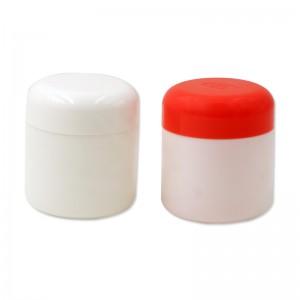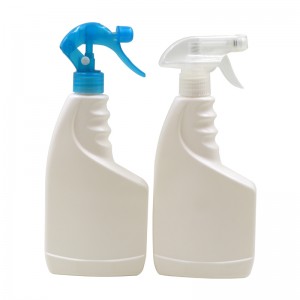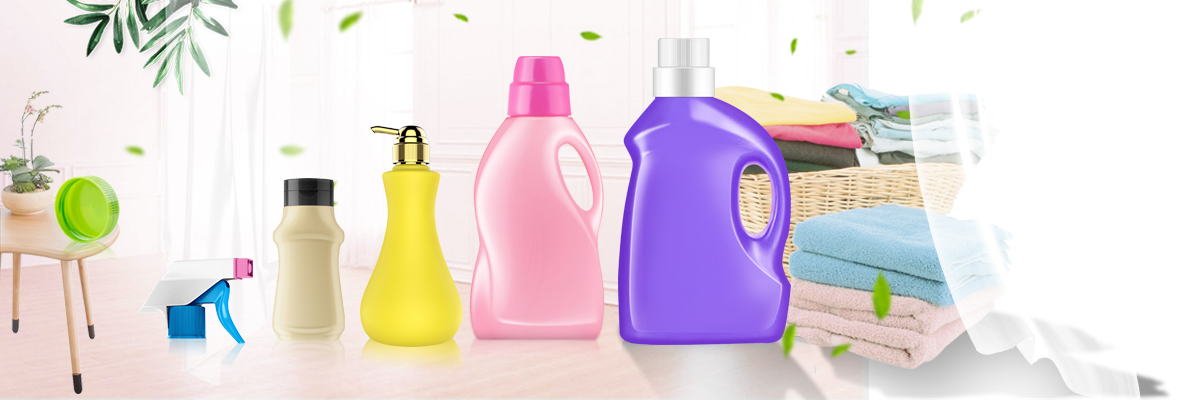
Introduction
High-density polyethylene (HDPE) is a widely used plastic known for its strength, durability and resistance to various chemicals. One of its most common applications is in the production of bleach bottles. To understand why HDPE is the material of choice for these containers, its properties, safety features and environmental factors need to be examined.
Chemical Resistance
One of the main reasons HDPE is used in bleach bottles is its excellent chemical resistance. Bleach consists primarily of sodium hypochlorite, a strong oxidizing agent that can react with many materials. HDPE is resistant to corrosion and degradation by bleach, ensuring the container remains intact and does not leach harmful substances into the bleach solution. This chemical stability is critical to maintaining bleach's efficacy and ensuring user safety.


Durability and Strength
HDPE is known for its high tensile strength and impact resistance. Bleach bottles are often handled roughly during shipping and storage, so the material must be able to withstand physical stress. The strong nature of HDPE means it can withstand drops and impacts without cracking or cracking, which is crucial to preventing leaks and accidents. This durability also helps extend the life of the product, allowing consumers to safely store bleach for long periods of time.
Lightweight and cost-effective
Another advantage of HDPE is its light weight, which makes it easier to handle and transport. This feature is particularly beneficial to manufacturers and retailers because it reduces shipping costs and makes products more user-friendly for consumers. Additionally, HDPE is a cost-effective material that allows manufacturers to produce bleach bottles at a lower price without compromising on quality. This affordable price makes bleach accessible to a wider audience, promoting safe cleaning practices in homes and businesses.


Security Features
Safety is the most important concern when packaging hazardous materials such as bleach. HDPE bottles are designed with safety in mind and often feature childproof lids and safety seals to prevent accidental ingestion or spillage. The material itself is also less likely to break than glass, reducing the risk of injury in the event of an accident. These safety features are critical to protecting consumers, especially households with children or pets.
Environmental considerations
Although HDPE is a petroleum-based plastic, it is also recyclable, an important factor in today's environmentally friendly market. Many cities have HDPE recycling programs that allow consumers to return used bleach bottles for disposal. This recycling capability helps reduce plastic waste and promotes a circular economy. In addition, advances in recycling technology have facilitated the development of post-consumer recycled HDPE, which can be used to manufacture new products, further reducing environmental impact.

Conclusion
In conclusion, HDPE is the material of choice for bleach bottles due to its chemical resistance, durability, lightweight, safety features, and recyclability. These properties not only ensure safe storage and handling of bleach but also comply with modern environmental standards. As consumers become increasingly aware of the importance of safety and sustainability, the use of HDPE in bleach bottles is likely to continue to become standard industry practice. By choosing HDPE, manufacturers can provide a reliable and responsible solution for one of the most commonly used household cleaners.

Post time: Oct-30-2024

